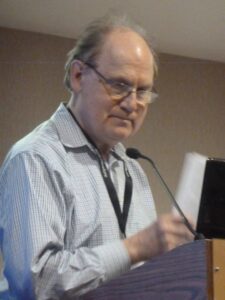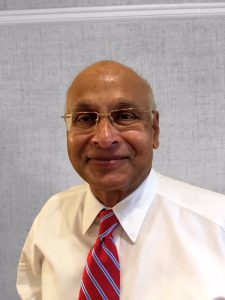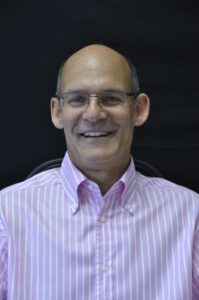 Impressionism in Connecticut: Artist Colonies in Old Lyme and Beyond
Impressionism in Connecticut: Artist Colonies in Old Lyme and Beyond
At the turn of the last century, Connecticut became home to several art colonies dedicated to Impressionism. Join Amy Kurtz Lansing, Curator at the Florence Griswold Museum in Old Lyme, for an illustrated overview of artist colonies along the Connecticut coast. Painters such as Childe Hassam, Willard Metcalf, and John Henry Twachtman visited from New York or Boston and often set down roots in Old Lyme, Cos Cob, and Mystic to form communities where they could thrive professionally and personally in a changing art world.
Amy Kurtz Lansing is Curator at the Florence Griswold Museum in Old Lyme, CT. A specialist in nineteenth and twentieth-century art, she has organized or co-organized an array of exhibitions on American paintings, sculpture, and photography. She has been a speaker on many topics including talks on Connecticut Artist Colonies at The Bruce and The Darien Museum. Her current exhibition is about Pop artist Leo Jensen and she is preparing an exhibition of American Impressionism for summer 2024 in honor of the style’s 150th anniversary. Kurtz Lansing has worked with contemporary artists such as Tina Barney, Patrick Dougherty, Dana Sherwood, and James Welling on exhibitions and site-specific commissions, and led interpretation for the Museum’s Robert F. Schumann Artists’ Trail. She graduated from Smith College and received a Master of Philosophy in the History of Art from Yale University. Prior to her arrival at the Florence Griswold Museum, Kurtz Lansing worked in the Department of American Paintings and Sculpture at the Yale University Art Gallery.
Speaker Summary
Florence Griswold Museum curator Amy Kurtz Lansing took us through a fast-paced and detailed history of the Impressionist colonies that sprung up in Connecticut in the late 19th and early 20th centuries. She began with a discussion of their roots in similar colonies in the Barbizon and Giverny communes in France where several American Impressionists were exposed to both the Impressionist style of art and the colony approach to living and working with their peers as they worked on their craft. This ultimately led to the development of several similar colonies in Connecticut when these American artists returned home. Amy spent most of her time talking about three of the largest and best-known colonies in Cos Cob, Old Lyme and Mystic/Noank while referencing that there were several others, including one in the Silvermine section of Norwalk.
She noted that the European colonies were typically in rural areas with easy access and exposure to the outdoors/nature which fit well with the focus on landscapes for most of the paintings both in the European and then the American/Connecticut colonies. Several American artists trained there and, upon returning home, Charles Davis began what became the first art colony in Mystic. While it did not begin as a colony, it became one when he invited others to join him for economic reasons. Connecticut appears to have been chosen as a home for these colonies due to its geographic location and easy access from New York and Boston, and the appeal of its natural subject matter with the many forests, harbors, rivers, coves, pastures, etc., which were reminiscent of the areas in France that had fed this artistic movement.
Amy talked extensively about two of the boarding houses that became mainstays of the colonies and Student Arts League summer sessions – The Bush Holley House in Cos Cob and the Florence Griswold House in Old Lyme. She then spent time talking about what drove specific aspects of the colonies – and the leading artists – in each of these colonies. She shared images of their artwork and photographs of the members of the colonies and noted that, while they were there primarily for the art, there was also a strong sense of community, friendship, comradery, and fun that existed in the colonies. She also mentioned that the colonies were very much focused on the traditional colonial look and feel of the communities with great respect for its history and tradition. This made the groups very welcomed by the towns they were in since their focus was more on celebrating the history than trying to change things.
Amy followed with a discussion of how the summer sessions became more permanent in the early 1900’s as artists began to settle in these areas and the colonies became more artist-run art societies versus transient boarding houses. She noted that this ultimately was the time period when art became a legitimate means to make a living. She closed with a brief discussion of the winding down of the movement as Impressionism gave way to more contemporary forms and approaches to art, but the work and history lives on today through the many museums that still feature the work of the colonies’ artists, including The Bruce in Greenwich and The Florence Griswold Museum in Old Lyme.

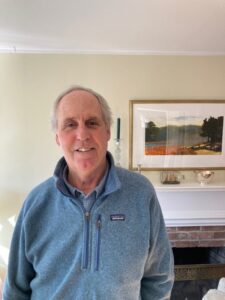 Birding Basics — The Where, What and How of Bird Watching
Birding Basics — The Where, What and How of Bird Watching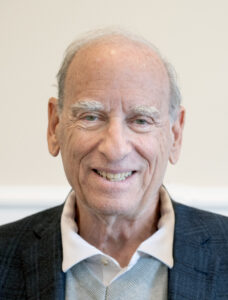 “I Had Such a Good Time, I Should Be Doing time”. How WPLR Became a Progressive Rock Radio Powerhouse in the 70’s.
“I Had Such a Good Time, I Should Be Doing time”. How WPLR Became a Progressive Rock Radio Powerhouse in the 70’s.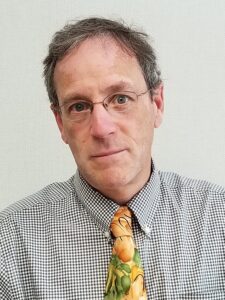 Planning for Darien’s Future
Planning for Darien’s Future  The Sports Betting Market
The Sports Betting Market

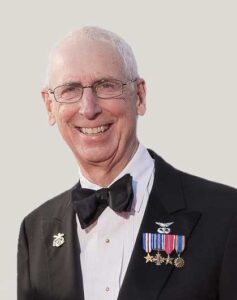 Helicopter Pilot in the “Helicopter War” — The War in Vietnam
Helicopter Pilot in the “Helicopter War” — The War in Vietnam